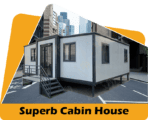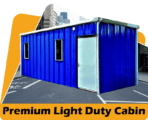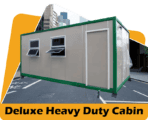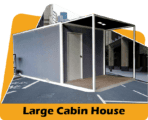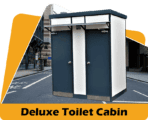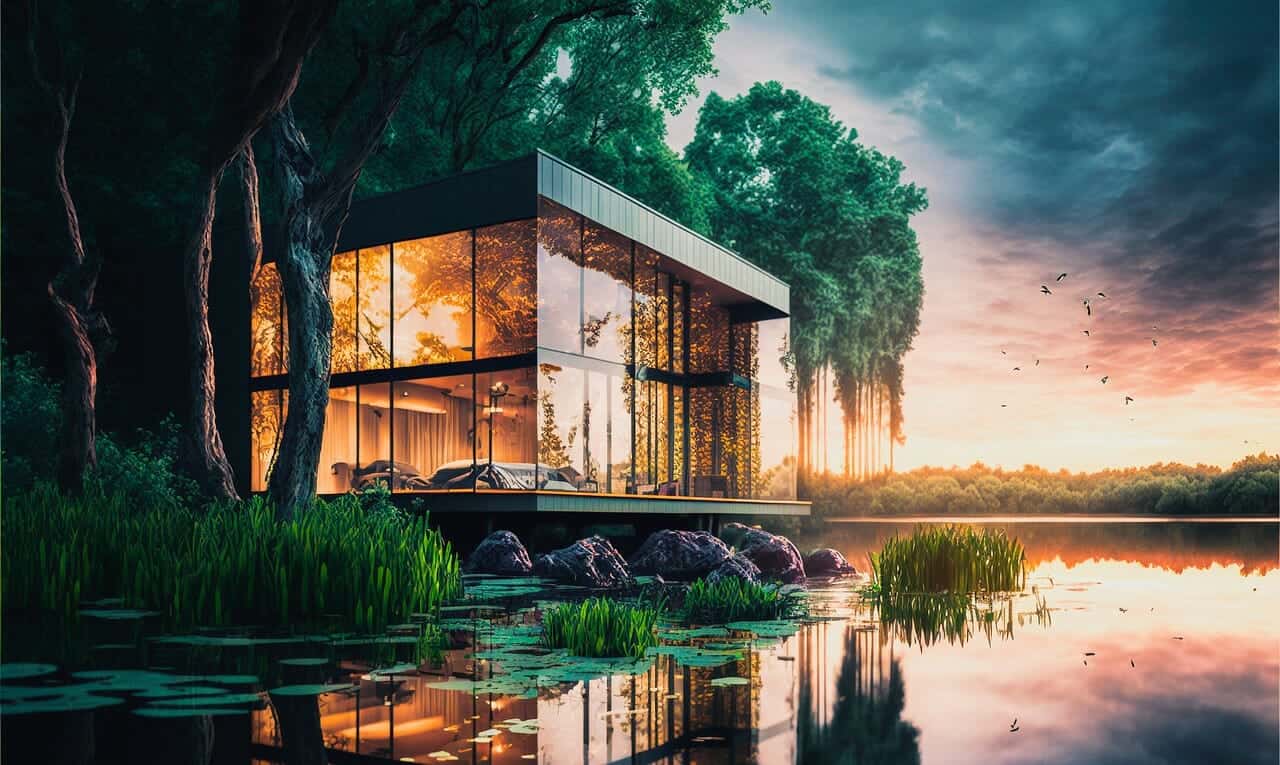
Building a Tiny House on Wheels: Your Guide to Freedom and Flexibility
Table of Contents
- Introduction
- Benefits of Building a Tiny House on Wheels
- Planning and Designing Your Tiny House
- Determining Your Needs and Goals
- Setting a Budget
- Choosing the Right Trailer
- Sketching the Floor Plan
- Ensuring Structural Integrity
- Legal Considerations and Permits
- Zoning and Building Codes
- Parking and Utilities
- Road Safety and Regulations
- Building Materials and Construction Techniques
- Lightweight and Sustainable Options
- Maximizing Space and Storage Efficiency
- Plumbing and Electrical Systems
- Insulation and Energy Efficiency
- Construction Process
- Building the Foundation and Framing
- Installing Windows and Doors
- Roofing and Exterior Finishes
- Interior Finishes and Customization
- Essential Features and Space Optimization
- Multi-functional Furniture and Storage Solutions
- Efficient Kitchen and Bathroom Design
- Sleeping and Living Areas
- Safety and Security Considerations
- Off-Grid Living and Sustainability
- Solar Power and Renewable Energy Sources
- Water Collection and Waste Management
- Eco-Friendly Materials and Practices
- Moving and Traveling with Your Tiny House
- Safety Precautions and Hitching Procedures
- Route Planning and Height Restrictions
- Parking and Campsite Considerations
- Insurance and Financial Considerations
- Insuring Your Tiny House on Wheels
- Financing Options and Costs
- Assessing Resale Value
- Maintaining and Upgrading Your Tiny House
- Routine Maintenance Tasks
- Making Upgrades and Modifications
- Increasing Energy Efficiency
- Conclusion
- FAQs
Introduction
Are you dreaming of a simpler, more flexible lifestyle? Building a tiny house on wheels might be the perfect solution for you. In this comprehensive guide, we will walk you through the process of creating your own mobile tiny home. From design considerations to construction tips and legal requirements, this article covers everything you need to know about embarking on this exciting journey.
Benefits of Building a Tiny House on Wheels
Building a tiny house on wheels offers a multitude of advantages for those seeking a unique and flexible living experience. Let’s explore some of the key benefits:
- Mobility: A tiny house on wheels provides the freedom to travel and explore new places without leaving the comfort of your home behind. It allows you to embrace a nomadic lifestyle or easily relocate when needed.
- Affordability: Compared to traditional homes, building a tiny house on wheels can be a more cost-effective option. It allows you to save money on construction, utilities, and maintenance.
- Sustainability: Tiny houses are inherently more environmentally friendly, as they require fewer resources to build and have a smaller carbon footprint. They also promote a minimalist lifestyle, encouraging conscious consumption.
- Customization: Designing your own tiny house gives you the opportunity to create a space that reflects your personal style and preferences. Every square inch can be tailored to meet your specific needs and maximize functionality.
Now that we understand the benefits, let’s dive into the step-by-step process of building a tiny house on wheels.
1. Planning and Designing Your Tiny House
Before you start construction, careful planning and design are essential. Here are some crucial considerations:
Determining Your Needs and Goals
Begin by assessing your lifestyle and determining your specific needs and goals for your tiny home. Consider factors such as the number of occupants, desired amenities, and overall functionality.
Setting a Budget
Establishing a budget is crucial to ensure you stay within your financial means. Account for construction materials, tools, permits, and any additional expenses that may arise during the building process.
Choosing the Right Trailer
The foundation of your tiny house is the trailer, so it’s vital to choose one that meets your requirements. Consider factors such as size, weight capacity, and the overall towing capacity of your vehicle.
Sketching the Floor Plan
Create a detailed floor plan to visualize the layout of your tiny house. Include key areas such as the kitchen, bathroom, living space, and sleeping quarters. Ensure efficient use of space and prioritize multi-functional furniture.
Ensuring Structural Integrity
Consult with professionals or research building techniques to ensure the structural integrity of your tiny house. Proper engineering and construction methods are vital for the safety and durability of your mobile home.
2. Legal Considerations and Permits
Before construction begins, familiarize yourself with local zoning and building codes. Additionally, research any permits or licenses required for living in or towing a tiny house on wheels. It’s crucial to comply with all legal requirements to avoid any complications later on.
Zoning and Building Codes
Different areas have specific regulations regarding tiny houses on wheels. Research local zoning and building codes to understand the restrictions and requirements for your location. Ensure that your tiny house complies with these regulations to avoid legal issues.
Parking and Utilities
Consider where you plan to park your tiny house and ensure that you have access to necessary utilities such as water, electricity, and sewage disposal. Research local laws and regulations regarding parking and utilities to make informed decisions.
Road Safety and Regulations
When towing your tiny house on wheels, it’s essential to prioritize road safety. Ensure that your vehicle is capable of safely towing the weight of your tiny house. Familiarize yourself with local road regulations, including height and width restrictions, to ensure a smooth and legal travel experience.
3. Building Materials and Construction Techniques
Choosing the right building materials and construction techniques is essential for a structurally sound and energy-efficient tiny house. Consider the following factors:
Lightweight and Sustainable Options
Opt for lightweight and sustainable building materials to minimize the overall weight of your tiny house while ensuring structural strength. Materials like reclaimed wood, metal, and composite panels are popular choices.
Maximizing Space and Storage Efficiency
Efficiently utilizing space is crucial in a tiny house. Explore innovative storage solutions such as built-in shelving, foldable furniture, and hidden compartments to maximize storage capacity without sacrificing living space.
Plumbing and Electrical Systems
Plan the layout and installation of plumbing and electrical systems carefully. Consider energy-efficient appliances, low-flow fixtures, and solar-powered options to reduce resource consumption.
Insulation and Energy Efficiency
Proper insulation is essential for maintaining a comfortable living environment and reducing energy consumption. Choose insulation materials with high R-values to ensure energy efficiency throughout the year.
4. Construction Process
Now comes the exciting part—building your tiny house on wheels! Follow these general steps:
Building the Foundation and Framing
Start by securing your trailer and constructing the foundation and floor. Frame the walls, ensuring proper reinforcement and insulation.
Installing Windows and Doors
Install windows and doors, considering both functionality and aesthetics. Opt for energy-efficient windows and secure, weather-resistant doors.
Roofing and Exterior Finishes
Choose roofing materials that provide durability and protection against the elements. Consider options like metal roofing, which is lightweight and long-lasting. Finish the exterior with siding materials that suit your style and climate.
Interior Finishes and Customization
Install the electrical and plumbing systems. Finish the walls, ceilings, and flooring according to your chosen design aesthetic. Personalize your tiny house with fixtures, furniture, and decor that reflect your style and preferences.
5. Essential Features and Space Optimization
Designing your tiny house to maximize functionality and space utilization is crucial. Consider the following areas:
Multi-functional Furniture and Storage Solutions
Invest in furniture that serves multiple purposes, such as sofa beds, collapsible tables, and built-in storage. Use creative storage solutions like under-bed drawers, wall-mounted shelves, and overhead compartments.
Efficient Kitchen and Bathroom Design
Optimize your kitchen and bathroom layouts by using compact appliances, storage organizers, and space-saving fixtures. Consider features like fold-out countertops and hidden storage compartments to maximize usable space.
Sleeping and Living Areas
Design comfortable sleeping and living areas that can be easily transformed and adapt to your daily needs. Utilize convertible furniture, such as Murphy beds or lofted sleeping areas, to create multifunctional spaces.
Safety and Security Considerations
Ensure your tiny house is equipped with safety features such as smoke detectors, fire extinguishers, and carbon monoxide detectors. Install secure locks on windows and doors, and consider a security system for added peace of mind.
6. Off-Grid Living and Sustainability
If you aspire to live off the grid or reduce your environmental impact, consider the following:
Solar Power and Renewable Energy Sources
Harness solar energy by installing solar panels on your tiny house’s roof. Combine it with battery storage systems to power your electrical needs. Explore other renewable energy sources such as wind or hydroelectric power if suitable for your location.
Water Collection and Waste Management
Implement rainwater collection systems to reduce reliance on municipal water supplies. Install composting toilets or low-flow flush toilets to minimize water usage. Properly manage graywater and waste disposal to minimize environmental impact.
Eco-Friendly Materials and Practices
Choose eco-friendly building materials and practices throughout your tiny house. Opt for sustainable, low-toxicity materials, and consider incorporating recycled or upcycled elements. Practice energy-efficient habits and promote a greener lifestyle within your tiny home.
7. Moving and Traveling with Your Tiny House
One of the significant advantages of a tiny house on wheels is its mobility. Consider the following when planning to move or travel with your tiny house:
Safety Precautions and Hitching Procedures
Ensure your tiny house is securely attached to the trailer and properly balanced for safe towing. Familiarize yourself with hitching procedures, weight distribution, and towing capacity. Perform regular maintenance checks on your trailer and towing vehicle.
Route Planning and Height Restrictions
Plan your travel routes carefully, considering height restrictions, bridges, and road conditions. Be aware of any permits required for towing through certain areas. Research low-clearance areas and avoid routes with challenging road conditions.
Parking and Campsite Considerations
Research parking options and campsite regulations in advance. Some areas may have specific rules or designated spaces for tiny houses on wheels. Look for RV parks, tiny house communities, or private landowners who allow tiny house parking.
8. Insurance and Financial Considerations
Protecting your investment and managing the financial aspects of owning a tiny house on wheels are essential. Keep these factors in mind:
Insuring Your Tiny House on Wheels
Contact insurance providers specializing in tiny houses on wheels to obtain appropriate coverage for your property. Policies may differ from traditional homeowners’ insurance, so ensure your tiny house is adequately protected against theft, accidents, and natural disasters.
Financing Options and Costs
Explore financing options available for building your tiny house. Consider the costs of materials, labor, permits, and any additional expenses. Evaluate your budget and assess the feasibility of obtaining loans, grants, or crowdfunding for your project.
Assessing Resale Value
Although tiny houses on wheels are unique, it’s essential to evaluate the potential resale value. Make design choices that appeal to a broad range of potential buyers. Keep thorough records of construction and maintenance to showcase the value and quality of your tiny house.
9. Maintaining and Upgrading Your Tiny House
Like any home, your tiny house requires regular maintenance and occasional upgrades. Consider the following:
Routine Maintenance Tasks
Create a maintenance checklist to ensure your tiny house remains in good condition. Regularly inspect the roof, siding, plumbing, electrical systems, and appliances. Clean and maintain systems such as HVAC, plumbing, and solar power components.
Making Upgrades and Modifications
Over time, you may want to make changes or improvements to your tiny house. Plan and budget for upgrades such as adding new appliances, expanding storage, or enhancing energy efficiency. Consider incorporating smart home technology and sustainable features into your upgrades.
Increasing Energy Efficiency
Continuously evaluate and improve the energy efficiency of your tiny house. Upgrade insulation, windows, and doors to reduce heat loss or gain. Install energy-efficient appliances and lighting fixtures. Monitor energy usage and implement conservation practices to minimize your environmental impact.
Conclusion
Building a tiny house on wheels provides an opportunity to embrace a simpler, more flexible lifestyle. With careful planning, design considerations, and adherence to legal requirements, you can create a mobile home that suits your needs and preferences. Enjoy the freedom and versatility that come with living in a compact and sustainable space.
FAQs
Q1: Can I legally park my tiny house anywhere?
Parking regulations for tiny houses on wheels vary depending on the location. While some areas have specific zoning ordinances and dedicated spaces for tiny houses, others may have restrictions or limitations. It’s essential to research local regulations, consult with local authorities, or join tiny house communities for guidance on legal parking options.
Q2: How much does it cost to build a tiny house on wheels?
The cost of building a tiny house on wheels can vary significantly depending on factors such as size, materials used, location, and customization. On average, costs can range from $20,000 to $100,000 or more. It’s crucial to establish a detailed budget, account for all expenses, and carefully plan your project to stay within your financial means.
Q3: Do I need a special driver’s license to tow my tiny house?
The requirements for towing a tiny house on wheels depend on the weight and dimensions of the structure, as well as the regulations of the specific jurisdiction. In some cases, a regular driver’s license may be sufficient, while in others, a special license or endorsement may be required. Check with your local Department of Motor Vehicles or transportation authority for the specific regulations in your area.
Q4: Can I live in a tiny house on wheels full-time?
Living in a tiny house on wheels full-time is possible and legal in many areas. However, it’s important to research local regulations regarding permanent residency and parking limitations. Some areas may have restrictions on extended stays or require the tiny house to be parked in designated areas such as RV parks or private land. Always ensure compliance with local regulations to avoid potential legal issues.
Q5: What are the advantages of downsizing to a tiny house?
Downsizing to a tiny house offers numerous advantages. It allows you to simplify your life, reduce your environmental footprint, and gain financial freedom. Some key benefits include reduced expenses on construction, maintenance, and utilities, as well as the opportunity to live a more sustainable and minimalist lifestyle. Additionally, a tiny house provides greater flexibility and the ability to travel and explore new places while always having the comfort of home.
In conclusion, building a tiny house on wheels is an exciting endeavor that offers freedom, flexibility, and sustainability. By carefully planning, designing, and constructing your mobile home, you can create a personalized space that meets your needs and reflects your style. Consider legal requirements, choose eco-friendly materials, and maximize space efficiency. With proper maintenance and upgrades, your tiny house on wheels can provide a comfortable and sustainable living experience for years to come.
Desain Rumah Kabin
Rumah Kabin Kontena
Harga Rumah Kabin
Kos Rumah Kontena
Rumah Kabin 2 Tingkat
Rumah Kabin Panas
Rumah Kabin Murah
Sewa Rumah Kabin
Heavy Duty Cabin
Light Duty Cabin
